New book takes you inside Frinton Park Estate: the Essex modernist housing scheme
‘Frinton Park Estate’, a new book by photographer James Weston, delves into the history of a modernist housing scheme in Essex, England
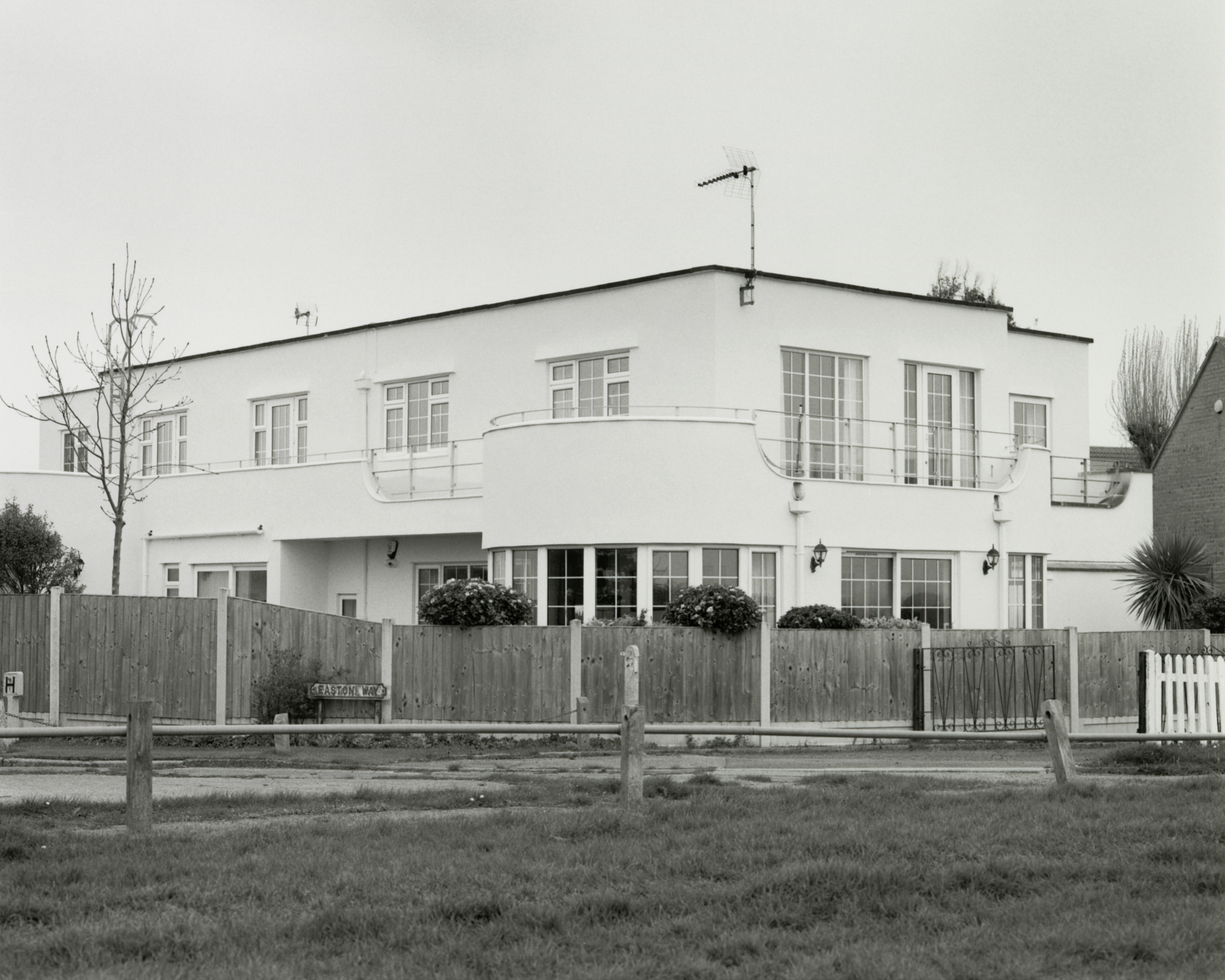
Frinton Park Estate, a new publication featuring captivating visuals by photographer James Weston, has just launched, exploring the modernist architecture and art deco roots of the housing scheme at Frinton On The Sea in Essex, England. The book looks at the project's history, from its beginnings in 1936 when South Coast Investment Company bought 200 acres of land on site led by consultant architect Oliver Hill, to the completion of the 25 homes (out of the 50 in total, planned by architects such as FRS Yorke and Connell, Ward and Lucas, as well Maxwell Fry and Wells Coates). The ambitious scheme exemplified the era's 'Streamline Moderne' aesthetic of naval-inspired shapes and crisp, white volumes. The result? A striking collection of 20th-century homes, seen here through Weston's expert lens.
We talk Frinton Park Estate with photographer James Weston
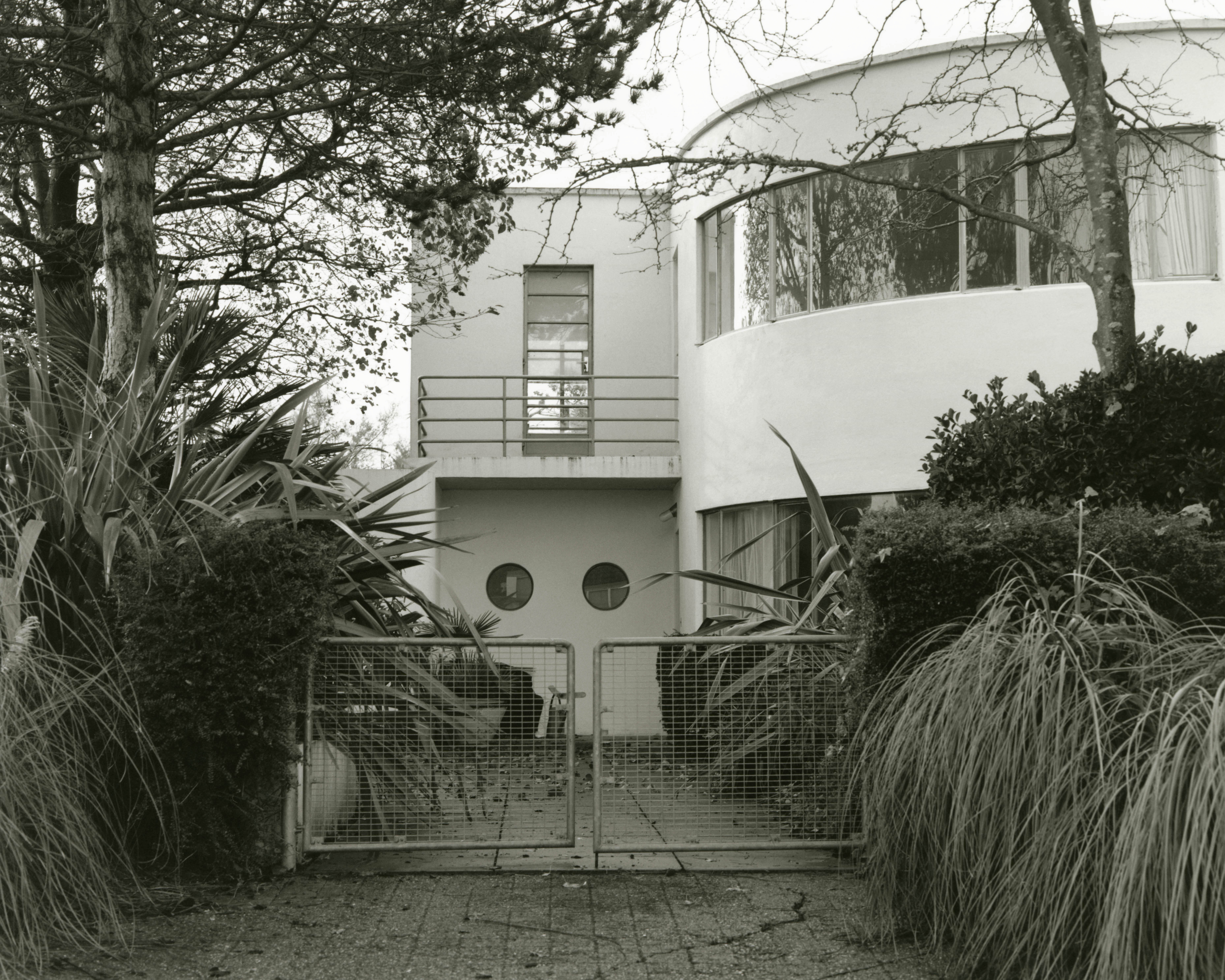
Wallpaper*: How did you come about the area and project? Was your shoot series the first time you visited?
James Weston: Frinton is a small seaside town not far from where I grew up. I would often go there with my parents when I was younger; I still go there now when I can.
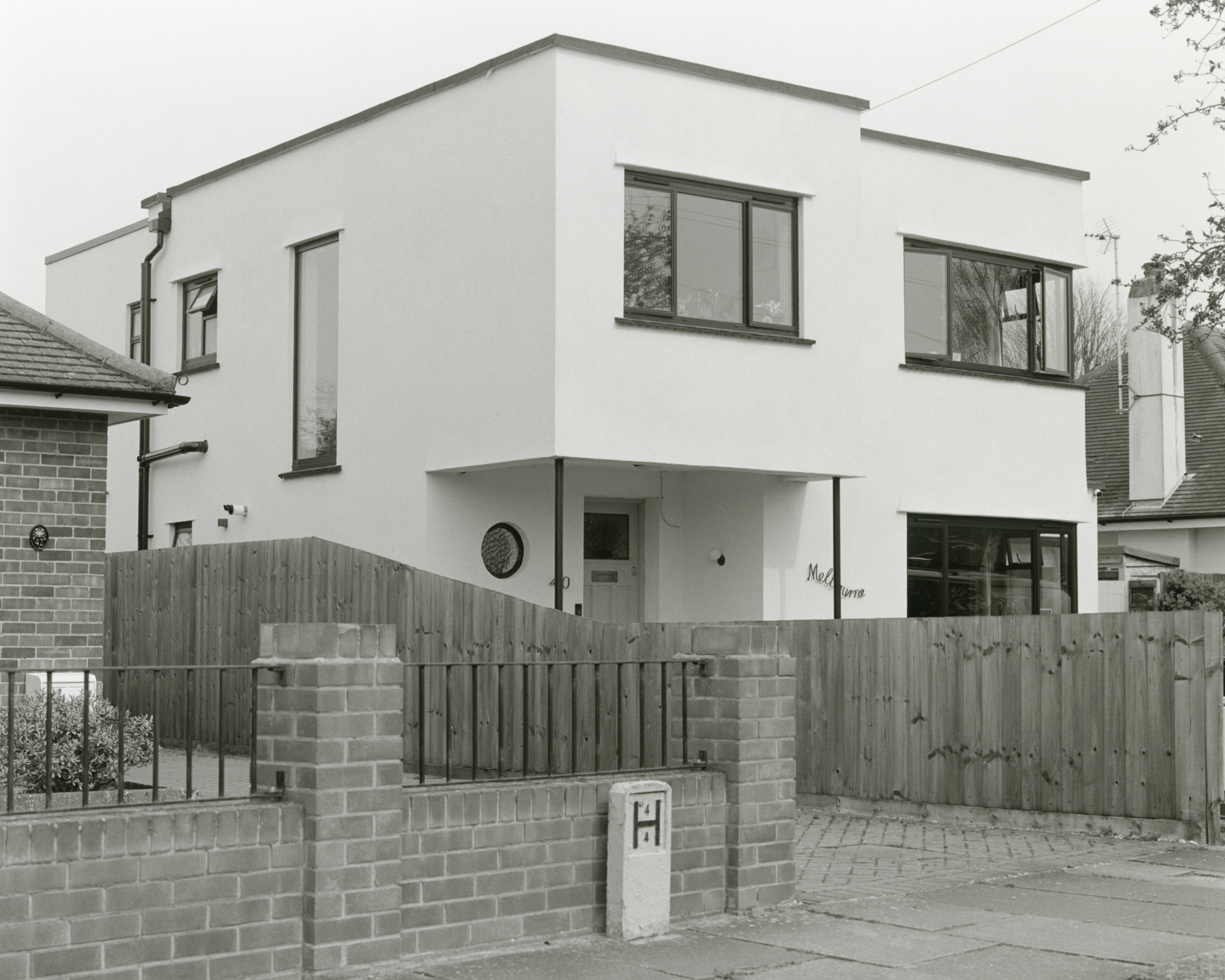
W*: What attracted you to the project?
JW: I was always intrigued by the original 1930s houses in the area, and found some of them very beautiful. Maybe more importantly, I'm fascinated with this idea of how we perceive the future and how it actually unfolds. Not in a pessimistic way, just more seated in realism as opposed to idealism and fantasy.
In relation to this project, this manifests itself as an idealistic vision of future living arrangements, which ultimately did not materialise as was originally envisioned.
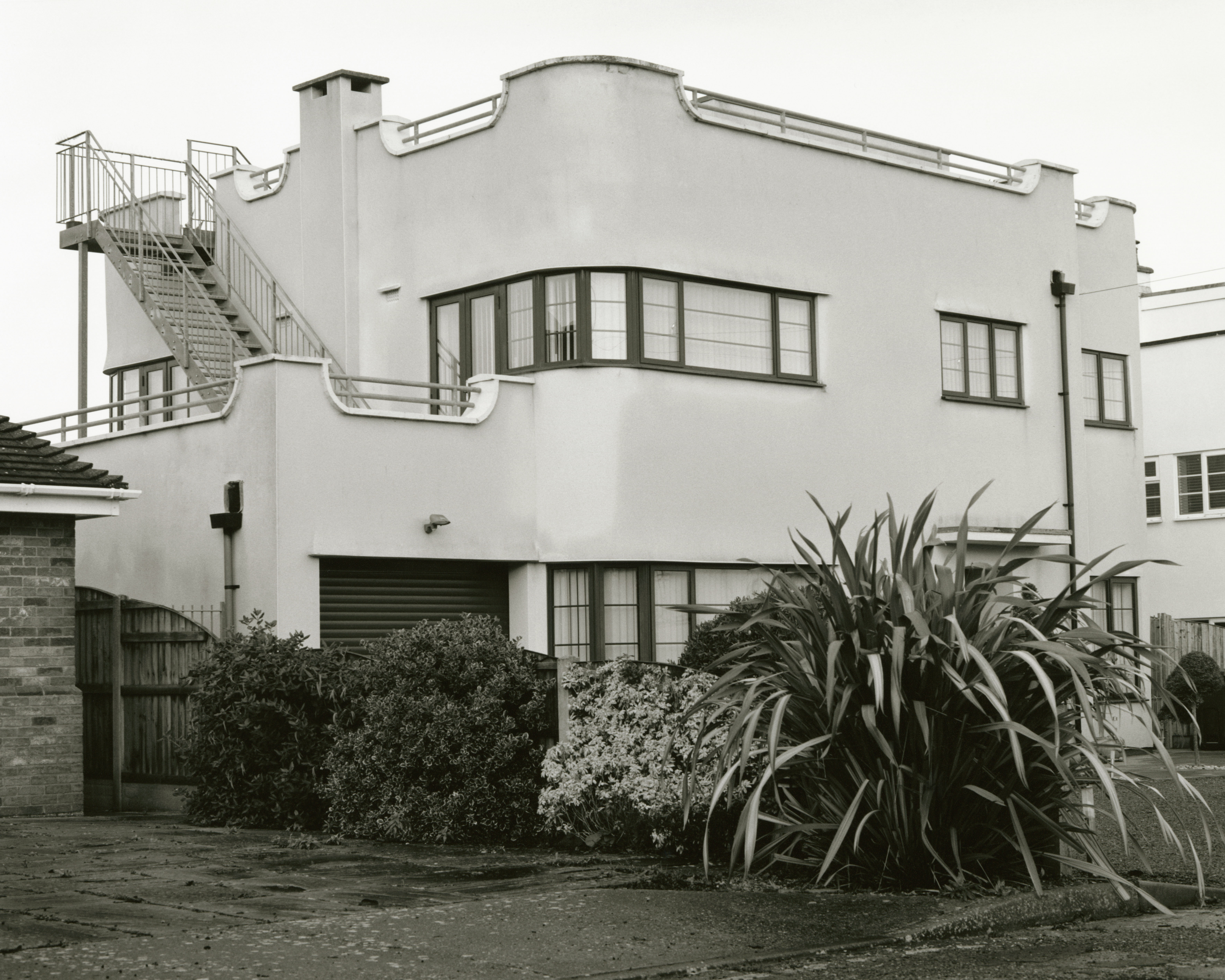
W*: Why black and white?
Receive our daily digest of inspiration, escapism and design stories from around the world direct to your inbox.
JW: Good question. I’ve never seen these houses in black and white. I think it adds to an ambiguous aspect of time and place, I also love printing black-and-white in the darkroom.
After starting the project, I rediscovered early books by Ed Ruscha, such as Twentysix Gasoline Stations, Every Building On The Sunset Strip, Thirtyfour Parking Lots and Some Los Angeles Apartments. These books confirmed the vision I already had in my head for Frinton Park Estate. There is a DIY aspect to them, as well as a deadpan aesthetic, all of which are in black and white. I also wanted the book to feel like something you might stumble across in the school library, like an academic textbook you might have found from a bygone era.
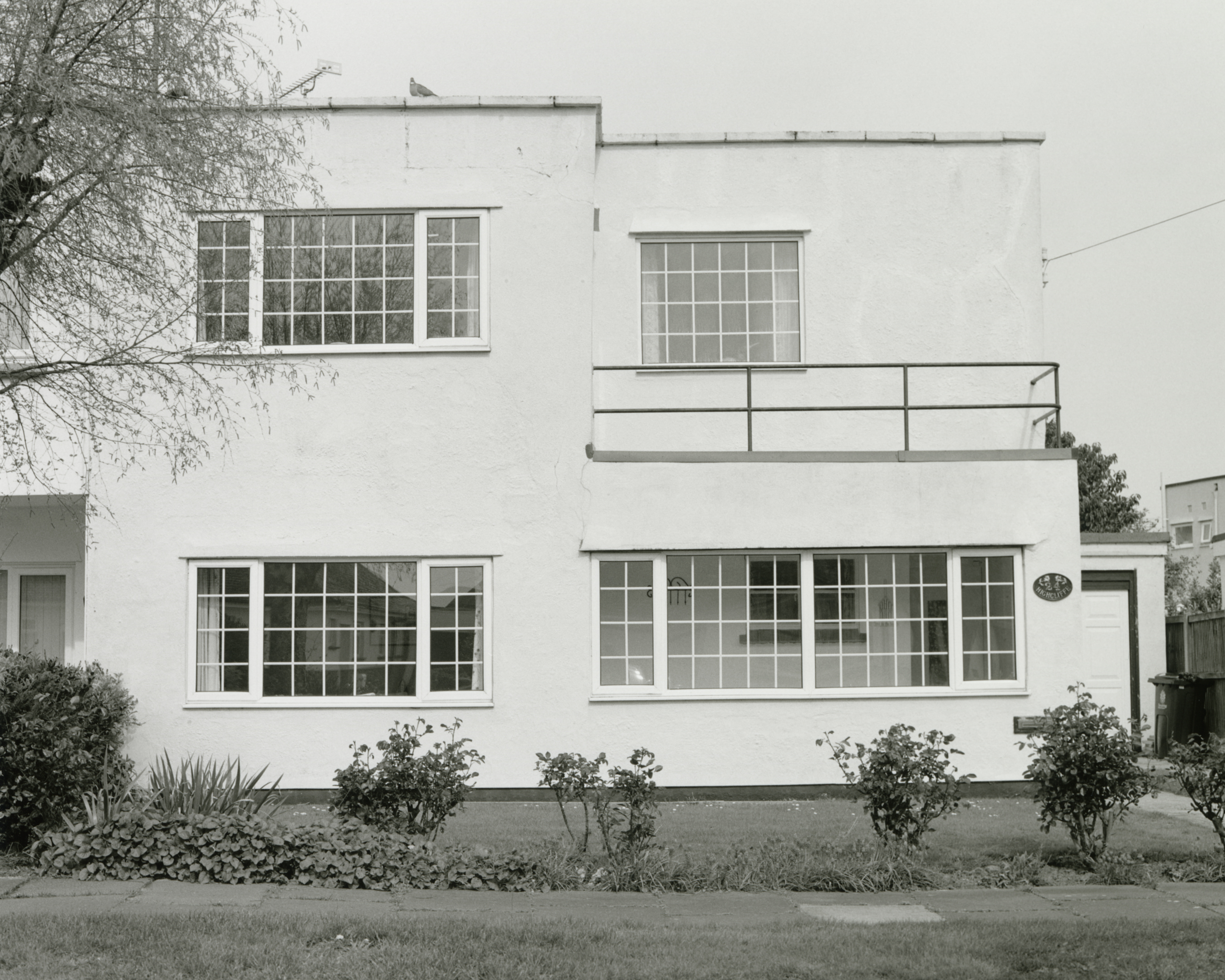
W*: Did the result match your expectations?
JW: As the photos are not of people, it’s far easier to control and anticipate the results, so yes the result is quite close to what I expected.
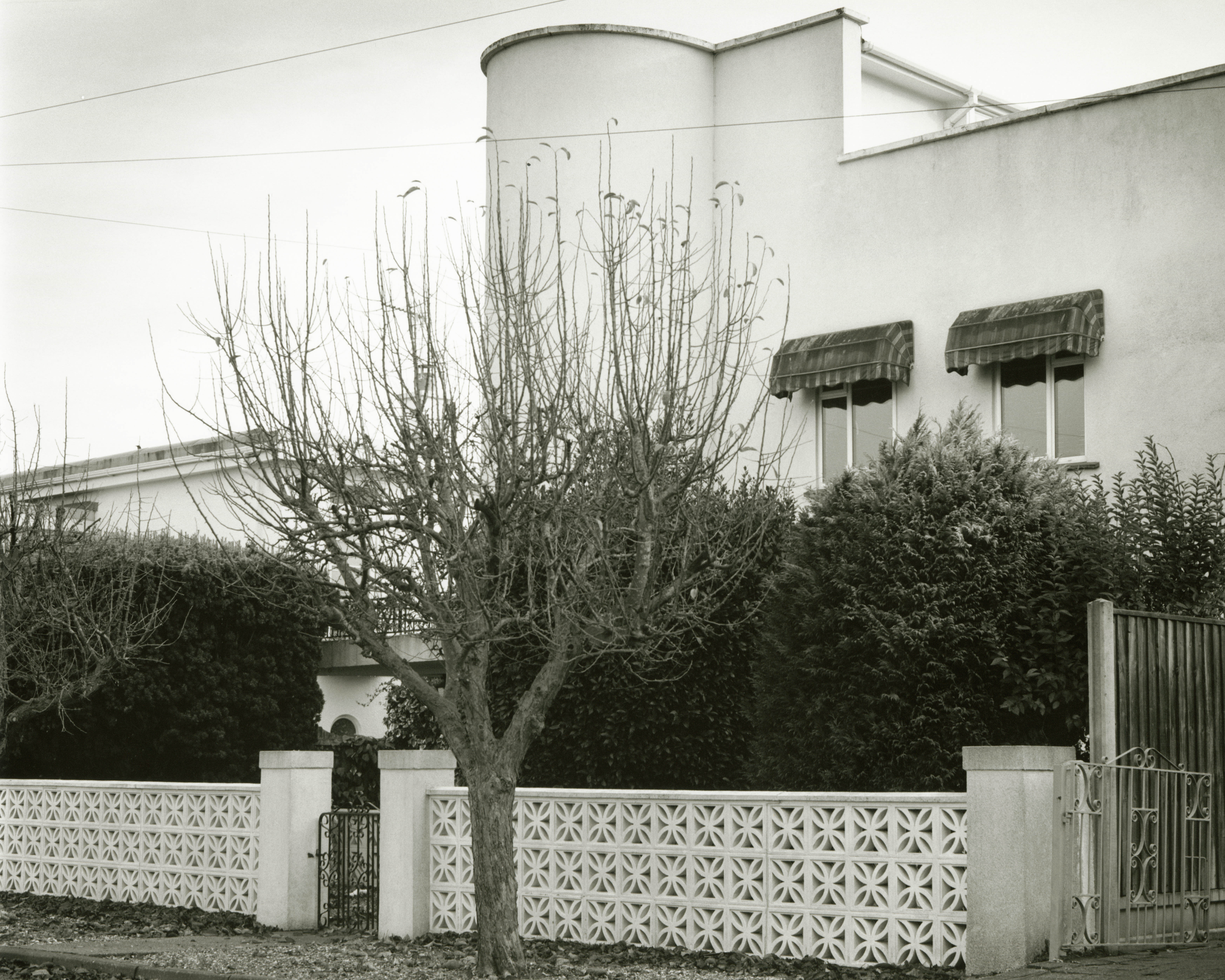
W*: What surprised you about this project?
JW: Just how important trees are, and what a difference they make to both a house, and a housing estate.
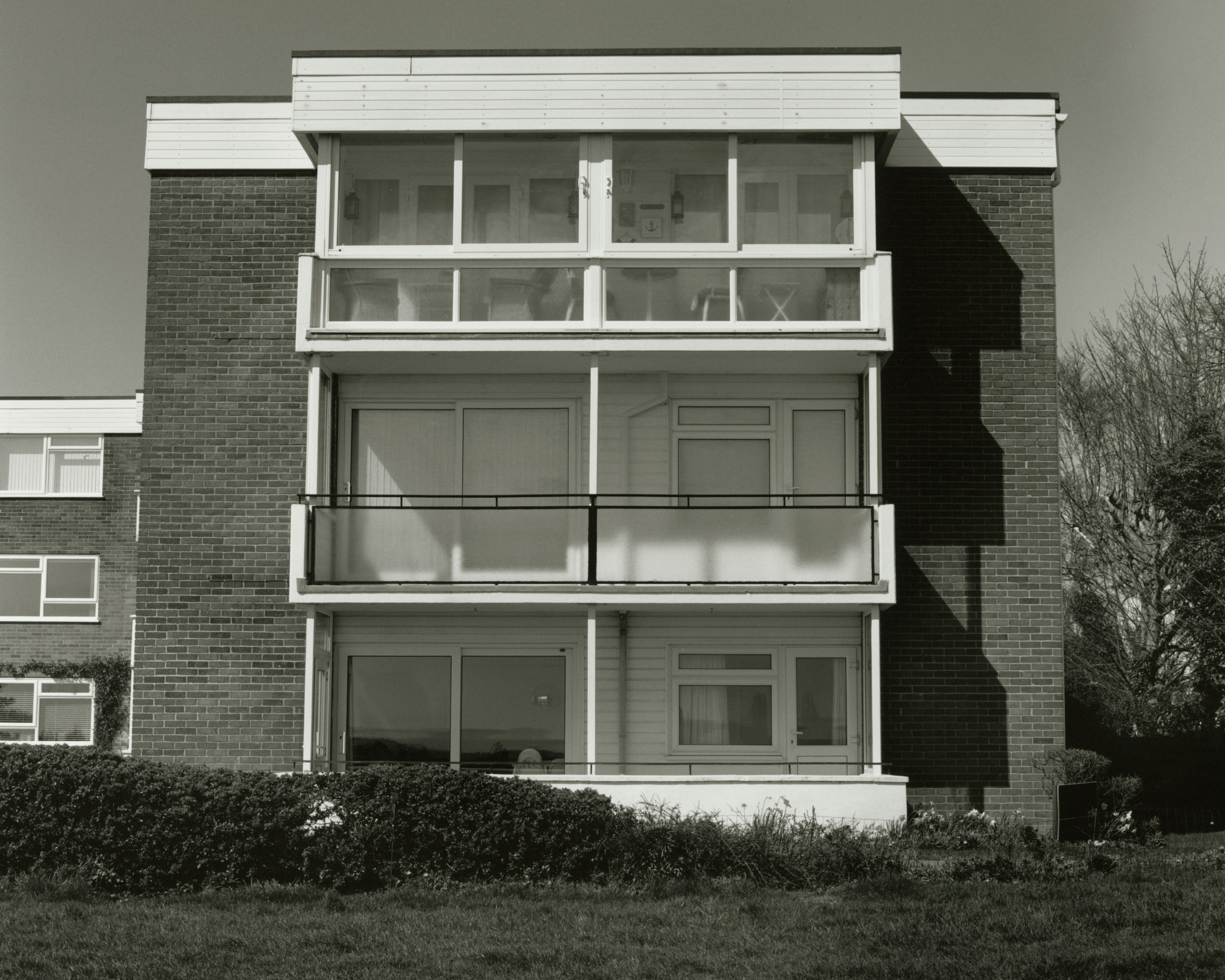
Ellie Stathaki is the Architecture & Environment Director at Wallpaper*. She trained as an architect at the Aristotle University of Thessaloniki in Greece and studied architectural history at the Bartlett in London. Now an established journalist, she has been a member of the Wallpaper* team since 2006, visiting buildings across the globe and interviewing leading architects such as Tadao Ando and Rem Koolhaas. Ellie has also taken part in judging panels, moderated events, curated shows and contributed in books, such as The Contemporary House (Thames & Hudson, 2018), Glenn Sestig Architecture Diary (2020) and House London (2022).
-
 Year in review: the shape of mobility to come in our list of the top 10 concept cars of 2025
Year in review: the shape of mobility to come in our list of the top 10 concept cars of 2025Concept cars remain hugely popular ways to stoke interest in innovation and future forms. Here are our ten best conceptual visions from 2025
-
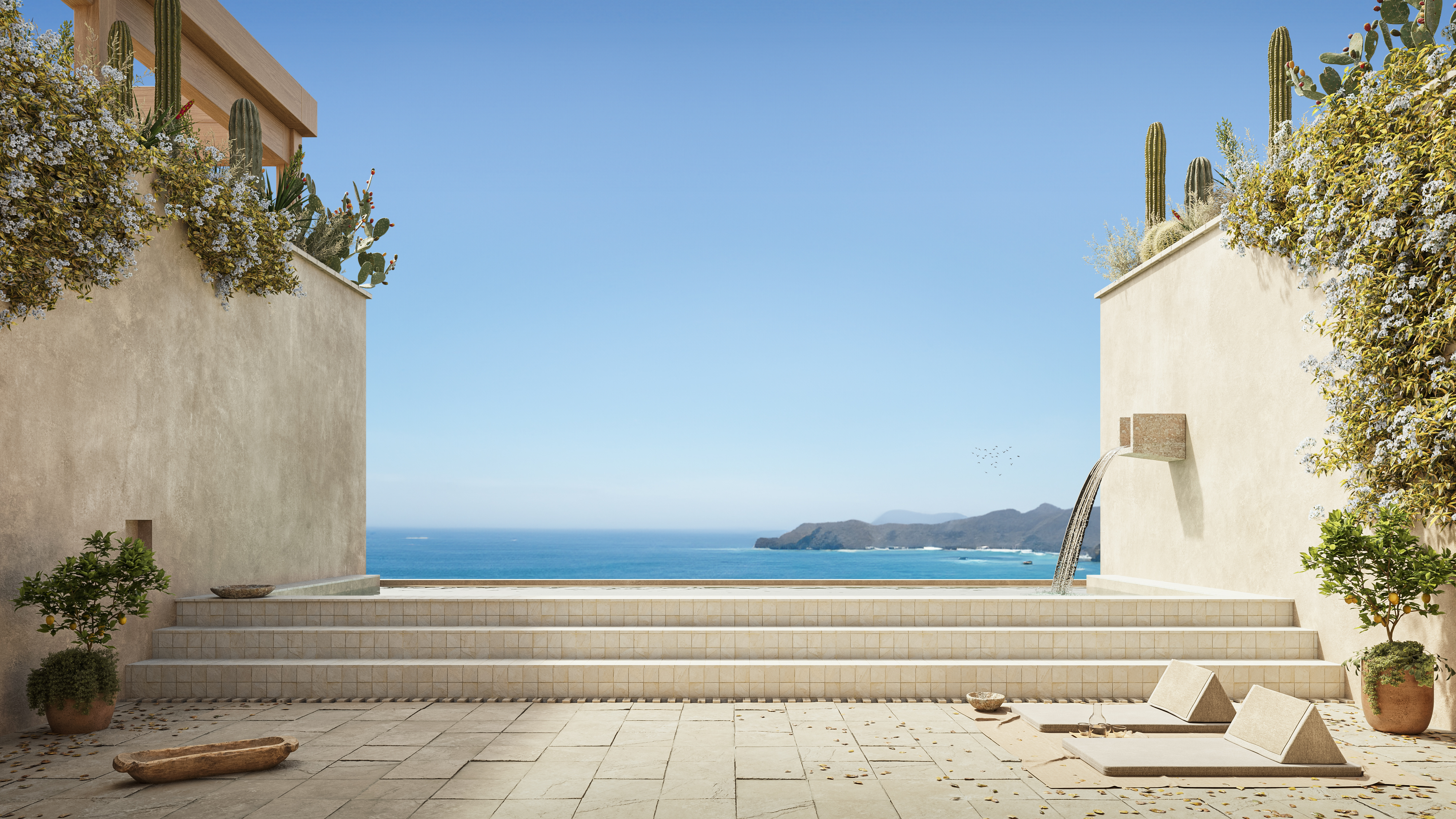 These Guadalajara architects mix modernism with traditional local materials and craft
These Guadalajara architects mix modernism with traditional local materials and craftGuadalajara architects Laura Barba and Luis Aurelio of Barbapiña Arquitectos design drawing on the past to imagine the future
-
 Robert Therrien's largest-ever museum show in Los Angeles is enduringly appealing
Robert Therrien's largest-ever museum show in Los Angeles is enduringly appealing'This is a Story' at The Broad unites 120 of Robert Therrien's sculptures, paintings and works on paper
-
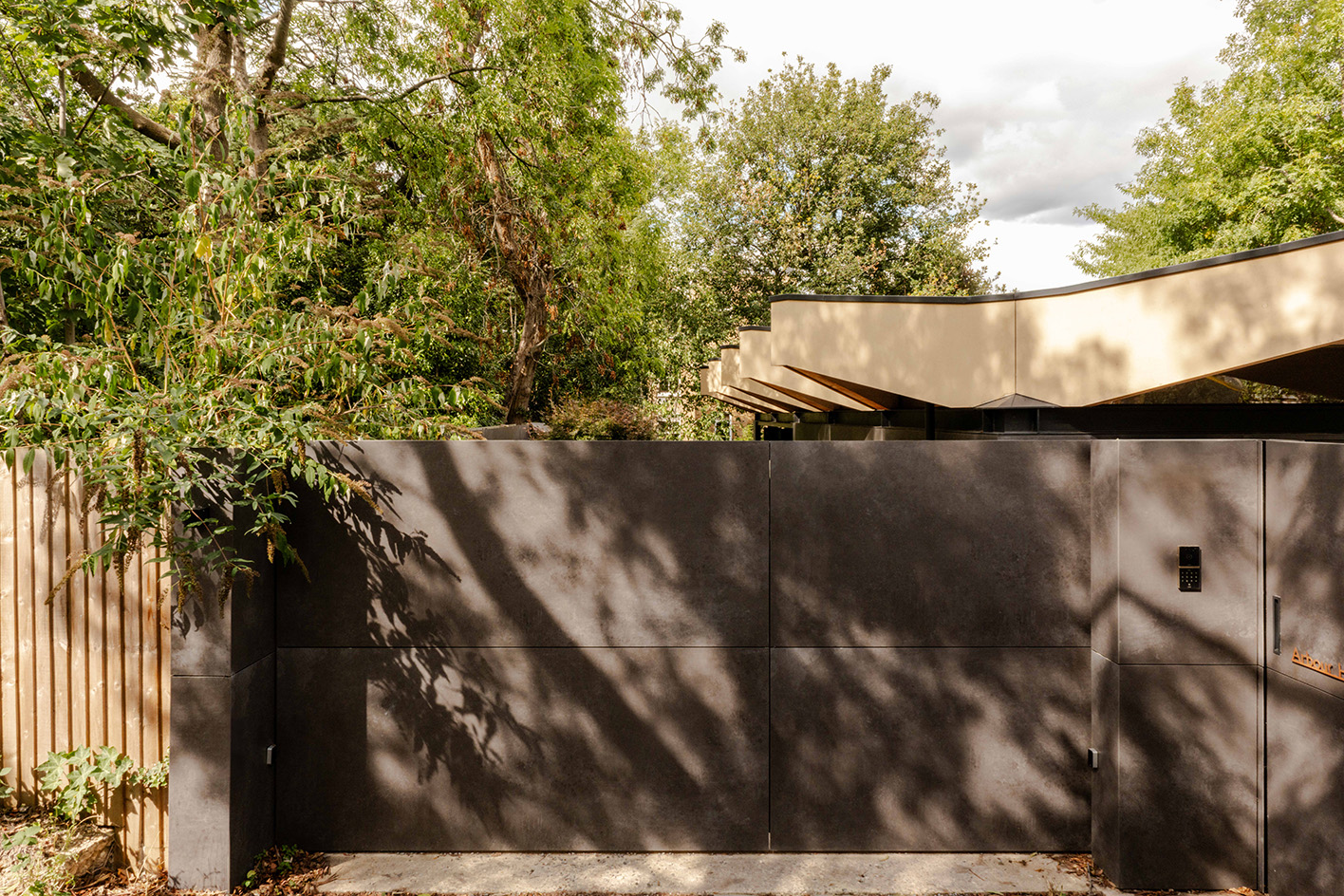 Arbour House is a north London home that lies low but punches high
Arbour House is a north London home that lies low but punches highArbour House by Andrei Saltykov is a low-lying Crouch End home with a striking roof structure that sets it apart
-
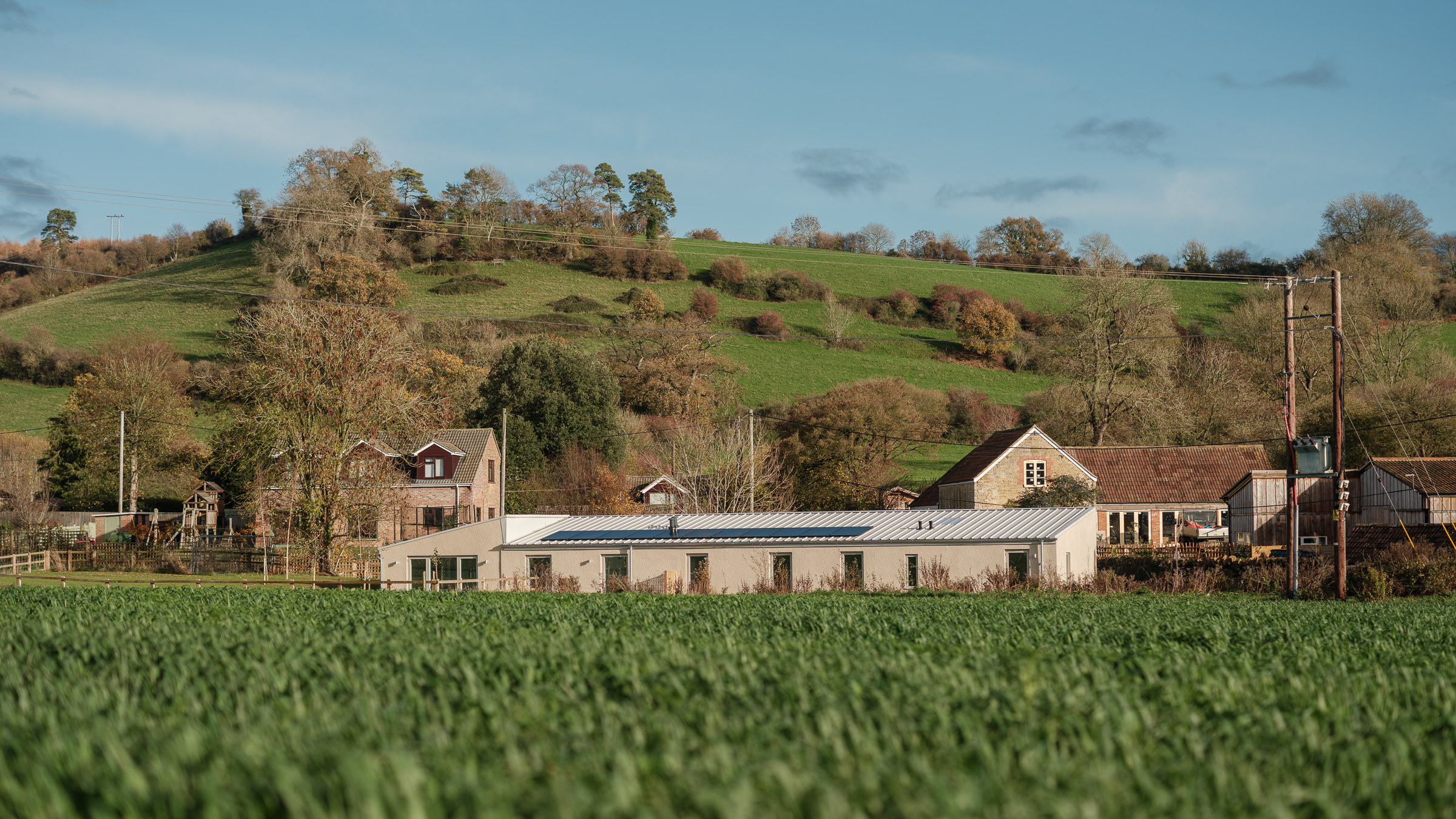 A former agricultural building is transformed into a minimal rural home by Bindloss Dawes
A former agricultural building is transformed into a minimal rural home by Bindloss DawesZero-carbon design meets adaptive re-use in the Tractor Shed, a stripped-back house in a country village by Somerset architects Bindloss Dawes
-
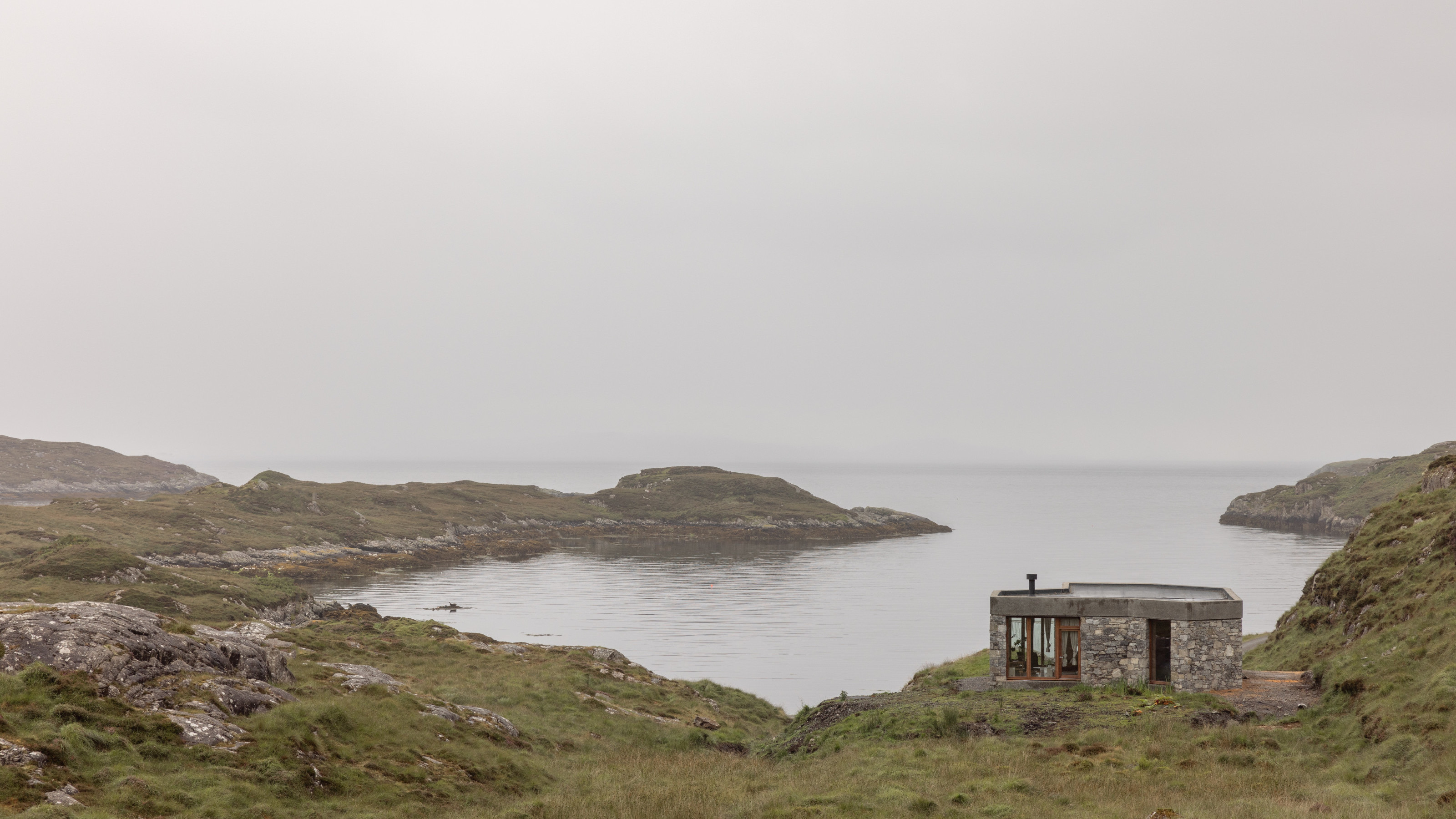 RIBA House of the Year 2025 is a ‘rare mixture of sensitivity and boldness’
RIBA House of the Year 2025 is a ‘rare mixture of sensitivity and boldness’Topping the list of seven shortlisted homes, Izat Arundell’s Hebridean self-build – named Caochan na Creige – is announced as the RIBA House of the Year 2025
-
 In addition to brutalist buildings, Alison Smithson designed some of the most creative Christmas cards we've seen
In addition to brutalist buildings, Alison Smithson designed some of the most creative Christmas cards we've seenThe architect’s collection of season’s greetings is on show at the Roca London Gallery, just in time for the holidays
-
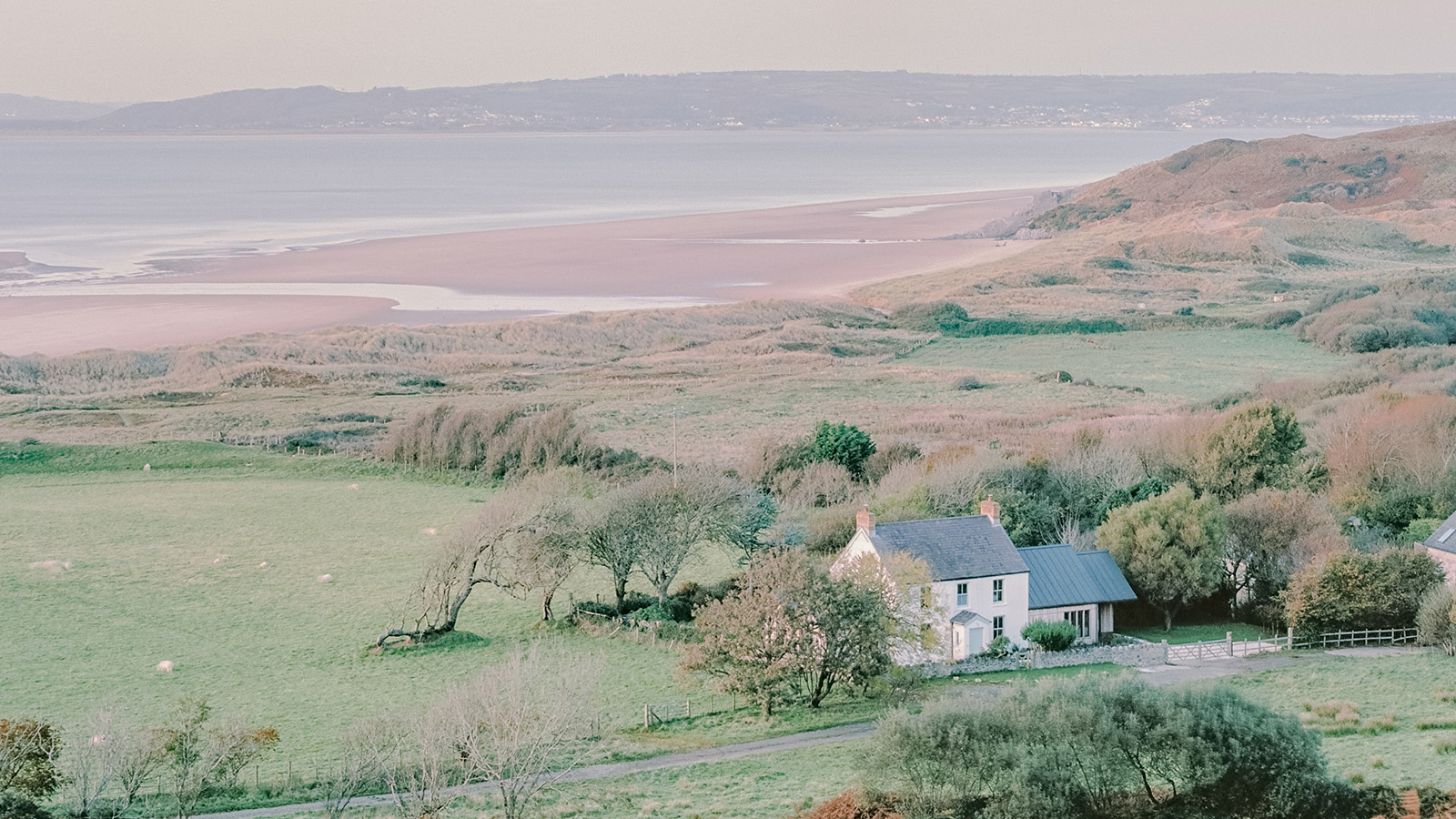 In South Wales, a remote coastal farmhouse flaunts its modern revamp, primed for hosting
In South Wales, a remote coastal farmhouse flaunts its modern revamp, primed for hostingA farmhouse perched on the Gower Peninsula, Delfyd Farm reveals its ground-floor refresh by architecture studio Rural Office, which created a cosy home with breathtaking views
-
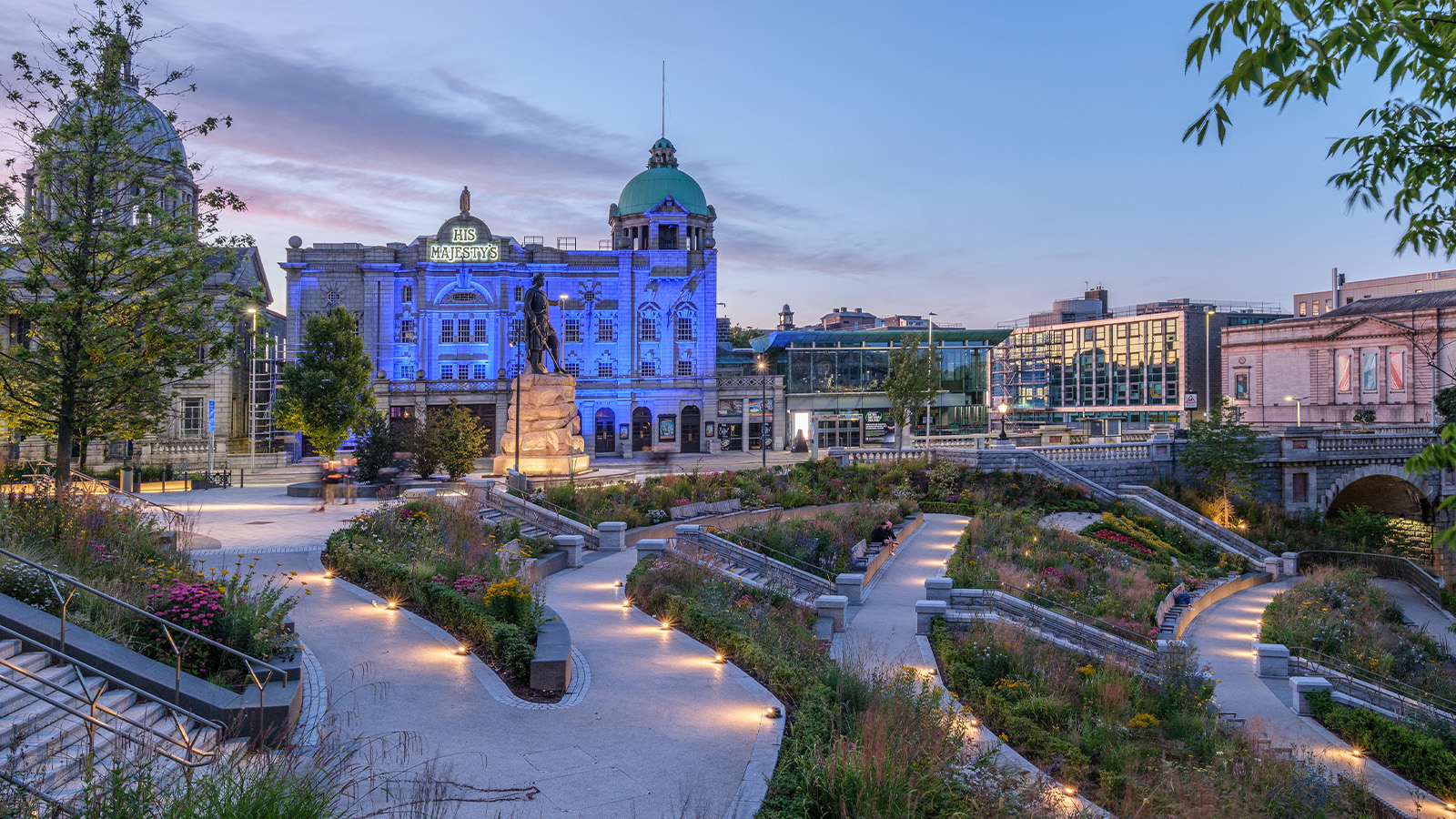 A revived public space in Aberdeen is named Scotland’s building of the year
A revived public space in Aberdeen is named Scotland’s building of the yearAberdeen's Union Terrace Gardens by Stallan-Brand Architecture + Design and LDA Design wins the 2025 Andrew Doolan Best Building in Scotland Award
-
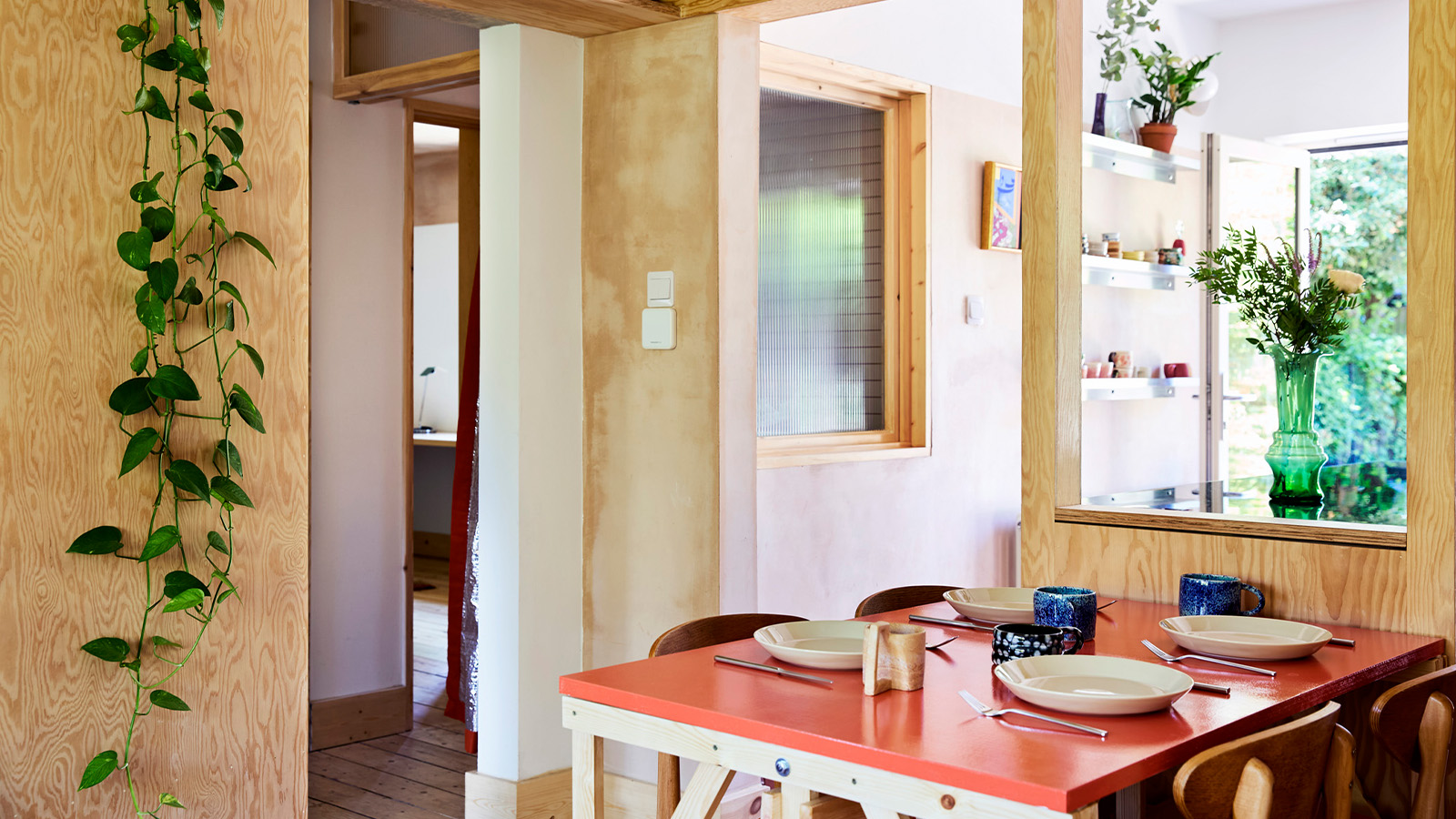 A refreshed 1950s apartment in East London allows for moments of discovery
A refreshed 1950s apartment in East London allows for moments of discoveryWith this 1950s apartment redesign, London-based architects Studio Naama wanted to create a residence which reflects the fun and individual nature of the clients
-
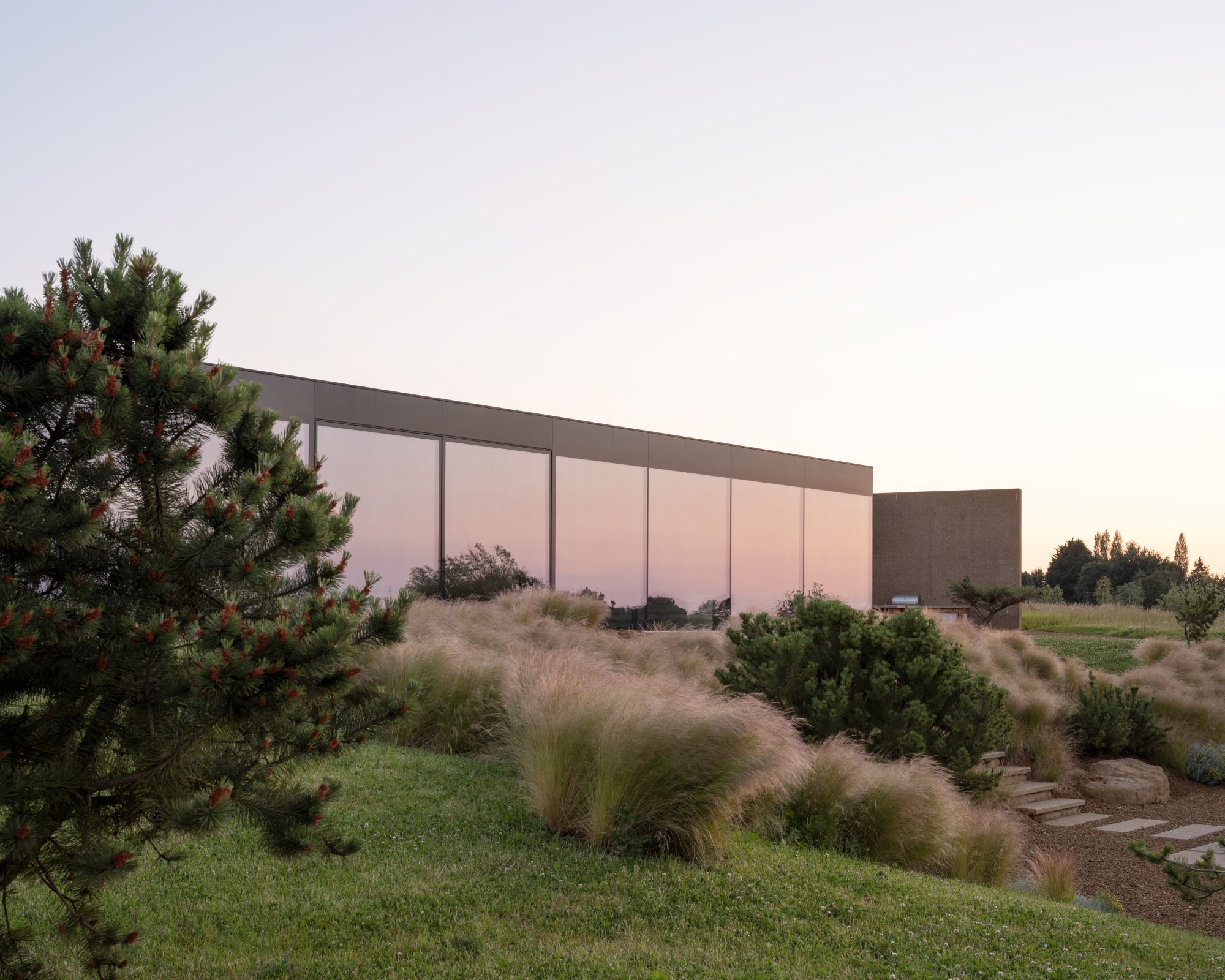 In this Cotswolds home, drama meets minimalism
In this Cotswolds home, drama meets minimalismCotswolds home Hiaven house, with interiors designed by McLaren Excell, is a perfect blend of contemporary chic and calm, countryside drama